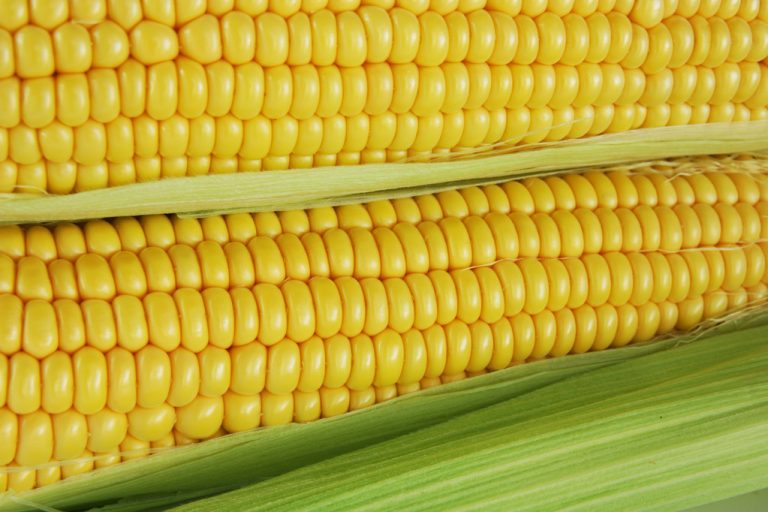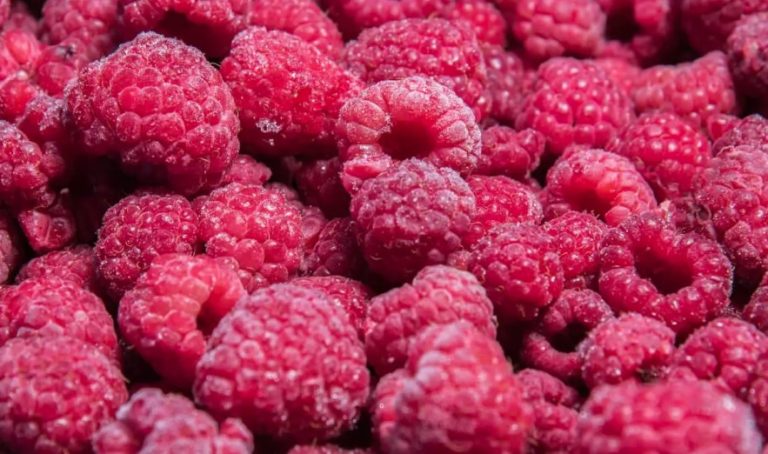With these great spice mixtures, your next barbecue evening is guaranteed to be a complete success! You can make delicious rubs yourself with little effort.
The term “rub” originally comes from the American. It refers to a dry spice mixture that is rubbed into food – hence the name “Rub”. Rubs serve as a strong flavor carrier for the respective dish. In addition, the BBQ rubs form an aromatic and spicy crust on the food during the grilling process.
With our spicy BBQ rubs, every grilled item becomes a relaxed pleasure, because the preparation is incredibly easy and can be done in no time at all. Try our spicy spice mixes for meat, fish, or vegetarian dishes!
1. Fiery Steak Rub

This dry spice mix is perfect for the grill classic steak. The combination of curry, mustard, and pepper gives the meat a unique spiciness and a crispy crust.
For two steaks you will need:
- 2 tbsp freshly ground black pepper
- 2 tbsp salt
- 1 tbsp garlic powder
- ½ tsp curry powder
- 4 tbsp mustard powder
Preparation: Mix all the ingredients together, roll the steak in the spice mixture, and grill as desired.
2. Sweet and spicy BBQ rub for tender chicken steaks
For all those who want to keep their slim figure when grilling, here is a delicious variant that is ideal for marinating chicken.
Ingredients for four servings:
- 1 tsp cumin
- 1 tsp sweet paprika powder
- ½ tsp garlic powder
- ½ tsp chili powder
- ¼ tsp ground cinnamon
- ¼ tsp salt
Preparation: Roll the meat well in the mixture and grill.
3. Peppery Salmon Rub
Our salmon seasoning turns a conventional salmon fillet into an aromatic delicacy. Incidentally, the pepper has a stimulating and accelerating effect on the metabolism and is therefore absolutely beneficial for our summer figure!
Ingredients for four servings:
- 90 grams of brown sugar
- 2 tsp freshly ground red pepper
- 1 tsp freshly ground pepper
- 1 tsp mustard powder
Preparation: Mix all the ingredients and turn the salmon into it.
4. Soy rub for juicy tofu steak
For everyone who likes to grill vegetarians: Our soy rub for juicy tofu steak gives your barbecue the necessary spice!
We also use liquid ingredients for juicy tofu. The tofu can absorb this wonderfully and becomes a taste highlight!
Ingredients for four servings:
- 65 ml soy sauce
- 1 tbsp rice vinegar
- 1 tbsp minced garlic
- 1 tbsp paprika powder
- 2 tsp freshly ground black pepper
- 1½ tsp salt
- 1 tsp garlic powder
- 1 tsp cayenne pepper
- ½ tsp dried oregano
- ½ tsp dried thyme
Preparation: Mix the liquid ingredients and place the tofu in it for 30 minutes. Meanwhile, mix the dry ingredients and then roll the tofu in it.
5. Fruity BBQ rub for watermelon

This fruity and spicy blend of spices is particularly suitable for adding an exotic variety to the grill. The watermelon can be perfectly combined with grilled chicken steak.
Ingredients for five servings:
- 1 tbsp salt
- 1 ½ tsp chili powder
- grated zest of a lemon
- juice of a lemon
Preparation: Mix the ingredients and turn the watermelon in it. Grill these for a minute or two on each side. Then take the melon off the grill and drizzle the lemon juice over it.








